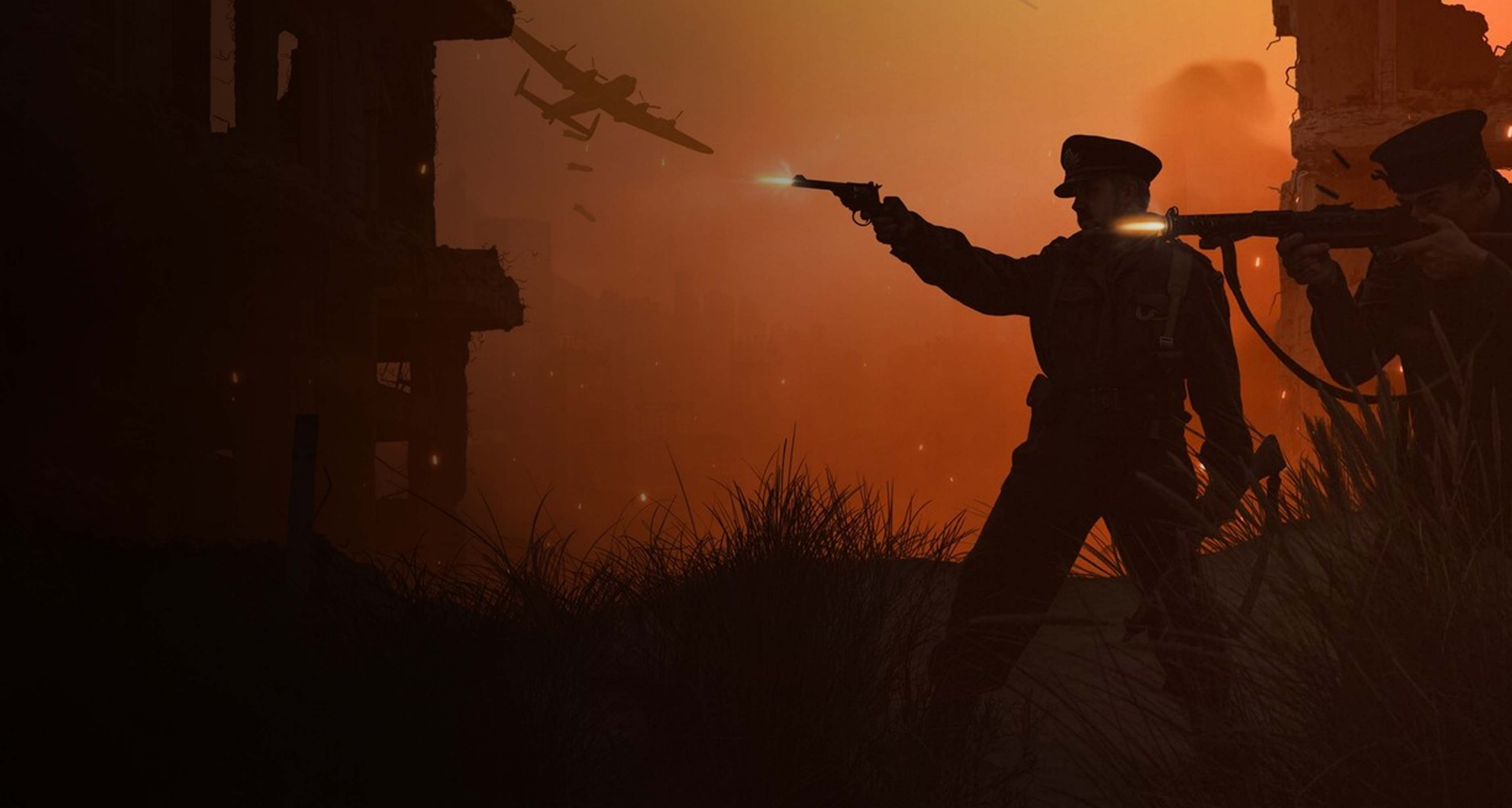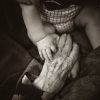The term “The Greatest Generation” represents the people who lived through the Great Depression and wrestled or contributed in a way to the effort during the time of World War II. Their implausible tales of sacrifice and courage inspire the incoming generations. Either on the battlefield or the home front, the Greatest Generation established a rigid commitment to duty and country. It leaves a lasting legacy of selflessness and strength.
One of the most iconic instances of sacrifice is the story of D-Day, the main amphibian assault in history. On June 6, 1944, more than 150,000 Allied soldiers overmastered the beaches of Normandy, popularly knowing the hazards that awaited them. Young men like 19-year-old Private First Class Harold Baumgarten survived even after five bullet wounds during the assault. It exemplified the bravery of those who faced devastating odds. Those soldiers knew that success would require huge sacrifices, but they believed in the cause. they were defeating dictatorship and securing freedom for future generations.
While the militaries fought abroad, civilians made important sacrifices on the Homefront. Especially women played a vital role, walking into jobs usually held by men. The women worked in factories, building planes, tanks, and weaponry essential for the war. Iconic characters like Rosie the Riveter signified the millions of women who balanced family life while keeping the economy running during the war. Their contributions were vital to victory. They reshaped societal roles for women in the decades to come.
The stories of the Greatest Generation prompt us of the influence of sacrifice for the greater good. These men and women confronted some of the greatest challenges in history with firm determination. Their sacrifices ensured the preservation of freedom and democracy. Their legacy endures to motivate us today. It keeps reminding us of the lasting strength of the human spirit.




